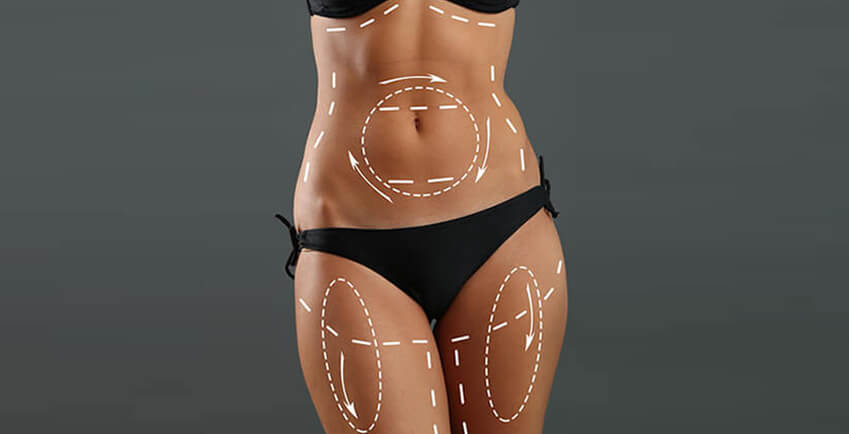Liposuction is one of the most commonly performed cosmetic surgeries worldwide, and for good reason — it offers a targeted, effective way to eliminate stubborn fat deposits and refine body contours. But beneath its growing popularity lies a critical truth: liposuction is a surgical procedure, and like any surgery, it carries risks that demand expertise, precision, and responsibility.
In my years of aesthetic practice, I’ve often told patients — the cannula may be small, but the responsibility is huge. Liposuction is not simply about fat removal. It’s about understanding anatomy, respecting tissue planes, maintaining hemodynamic balance, and most importantly, knowing where to stop. That distinction is what separates a safe, successful surgery from a potentially harmful one.
Liposuction: Simpler in Words Than in Practice
At first glance, liposuction seems straightforward — make a small incision, insert a cannula, and suction fat. But that’s like saying painting is just putting color on canvas. The technical act is simple; the judgment behind it is where the artistry and safety lie.
Fat isn’t just sitting under the skin in isolation. It’s interwoven with nerves, blood vessels, and connective tissue. The challenge is to remove just the right amount of fat, from the right plane, in the right zones, without disturbing the structures that must be preserved. Too superficial, and you risk contour irregularities. Too deep, and you compromise tissue integrity.
What Makes Liposuction Safe?
- Patient Evaluation:
No two bodies are the same. A thorough medical and aesthetic assessment — evaluating fat distribution, skin quality, medical history, and realistic goals — is essential. Safe liposuction starts with selecting the right patient and setting the right expectations. - Technique Selection and Volume Control:
The choice of technique (tumescent, power-assisted, etc.) and the volume of fat removed must be personalized. Exceeding recommended fat removal thresholds increases the risk of complications like fluid imbalance, anemia, or fat embolism. - Anesthesia and Monitoring:
Depending on the extent of the procedure, liposuction may require local, regional, or general anesthesia. A trained anesthesia team, sterile environment, and real-time monitoring are non-negotiables for patient safety. - Post-op Care:
Safety doesn’t end with surgery. Compression garments, early mobilization, monitoring for complications, and structured follow-up care are critical to a smooth recovery.
The Crucial Role of a Board-Certified Plastic Surgeon
This is the part I cannot stress enough — liposuction should only be performed by a board-certified plastic surgeon.
There’s a growing trend of underqualified providers offering liposuction, often at discounted prices, with promises of “lunchtime lipo” or “no downtime transformations.” These marketing tactics can be misleading and dangerous.
A board-certified plastic surgeon brings more than technical skills. We bring years of formal training, deep anatomical understanding, complication management skills, and ethical judgment. We’re trained to know not just how to operate, but when not to operate. That ability to say no — to defer, to stage, to adjust — is what keeps patients safe.
Remember, the risks in liposuction often arise not from the cannula, but from poor decision-making: wrong patient selection, excessive fat removal, inadequate sterile precautions, or poor aftercare protocols. Certification ensures a surgeon has the scientific foundation, surgical training, and professional accountability to make those decisions wisely.
Final Thoughts
Liposuction can be life-changing — not because it makes you someone else, but because it helps you feel more at home in your own body. But the journey must be grounded in safety. Not all practitioners are created equal, and not all promises are backed by medical training.
In the right hands, liposuction is not only effective — it’s safe, predictable, and empowering. Choose your surgeon as carefully as you choose your procedure. Because when it comes to your body, shortcuts have no place.
Author: Dr Yash Thakkar
Disclaimer : The opinions here are personal views of the authors. IAAPS is not responsible. All members may not have the same scientific view point

